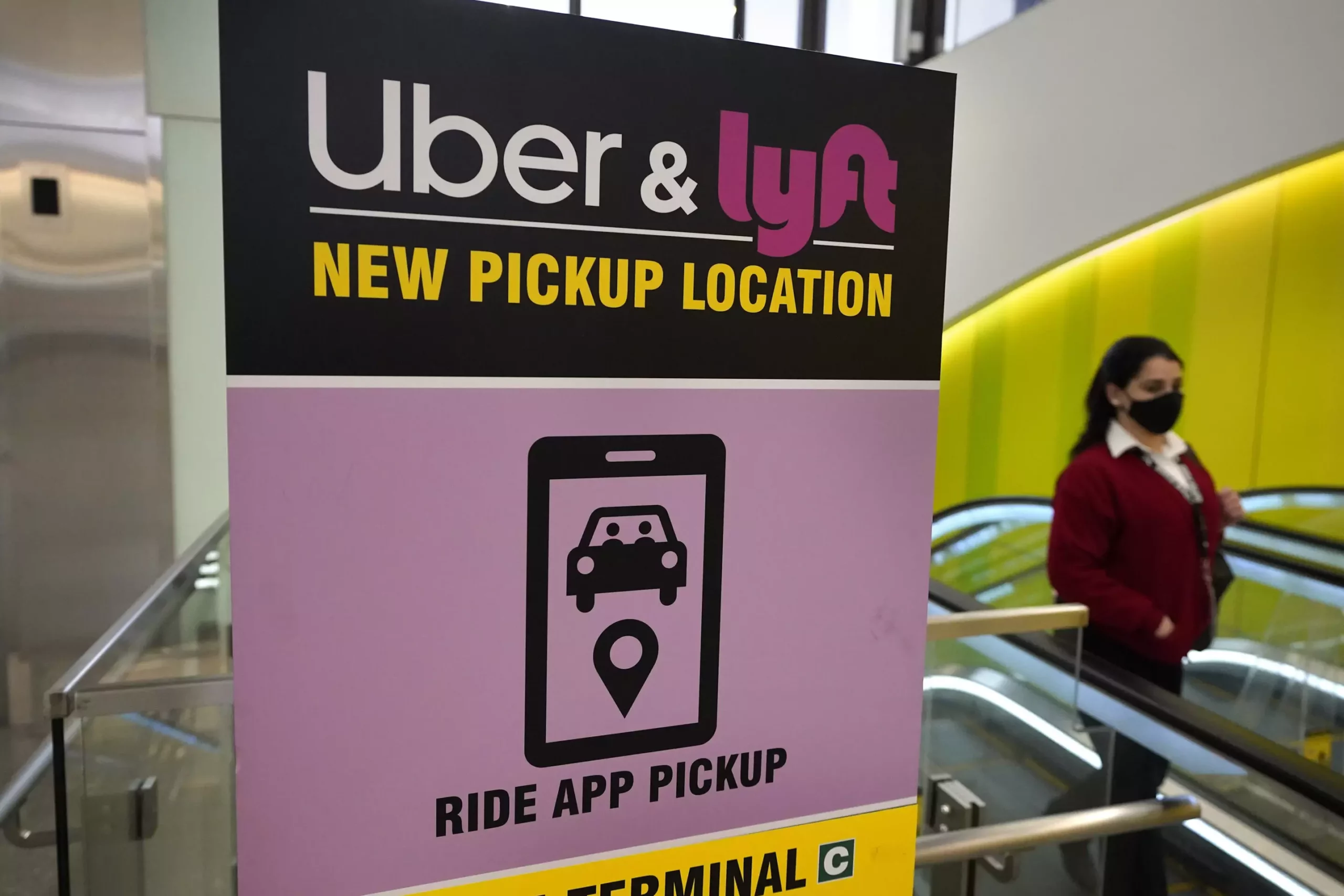The recent decision by the Minneapolis City Council to implement a new ordinance requiring ride-hailing companies like Lyft and Uber to pay drivers at least $15.57 an hour has triggered a wave of repercussions. This move, hailed as a victory for workers’ rights by supporters, has led both Lyft and Uber to announce the suspension of their operations in the city effective May 1. The ordinance also mandates payment rates of $1.40 per mile and $0.51 per minute, with the companies compelled to pay a minimum of $5 per ride.
In response to the Minneapolis ordinance, Lyft and Uber have vehemently expressed their concerns regarding its feasibility. Lyft labeled the ordinance as “deeply flawed,” claiming that it would render their operations unsustainable. Similarly, Uber’s senior director of public affairs, Josh Gold, warned of the dire consequences of the ordinance, citing potential unemployment for thousands of drivers and leaving many riders stranded in the process. The companies have emphasized the need for a minimum earning standard for drivers, albeit not in the form stipulated by the city council.
The impending exit of Lyft and Uber from Minneapolis has stirred mixed reactions among drivers and passengers alike. Emmanuel Noah, a long-time driver for both companies, emphasized the financial struggles faced by drivers and the necessity of a pay raise to support their families. Conversely, passengers like Jake Hay expressed skepticism towards Lyft and Uber’s claims of inability to raise wages while maintaining profitability. Hay argued that the companies have been making substantial profits and should prioritize fair compensation for their drivers.
The Minneapolis ordinance is not an isolated incident but rather part of a broader trend in the regulation of the gig economy. Last year, a similar ordinance was vetoed by Mayor Jacob Frey, underscoring the ongoing clashes between local officials and ride-hailing companies. Furthermore, the Minnesota Legislature’s attempt to mandate higher pay and job security for Lyft and Uber drivers was thwarted by Governor Tim Walz’s veto, reflecting the complexities of regulating gig economy practices at the state level.
The Minneapolis ordinance has sparked discussions about the need for statewide legislation to address the concerns raised by gig economy workers. House Republicans have proposed a bill aimed at preempting local regulations like the one in Minneapolis, signaling a potential shift towards centralized governance. Meanwhile, gig economy workers across the country have been advocating for fair wages and improved working conditions, leading to legislative battles and industry pushback.
The Minneapolis ordinance targeting ride-hailing companies like Lyft and Uber represents a pivotal moment in the ongoing debate around gig economy practices. The decision to mandate higher wages for drivers has ignited a fierce response from the companies, underscoring the challenges of balancing worker rights and corporate interests. As the gig economy landscape continues to evolve, policymakers, industry stakeholders, and workers must navigate these complexities to arrive at solutions that ensure equitable treatment and sustainable operations.


Leave a Reply